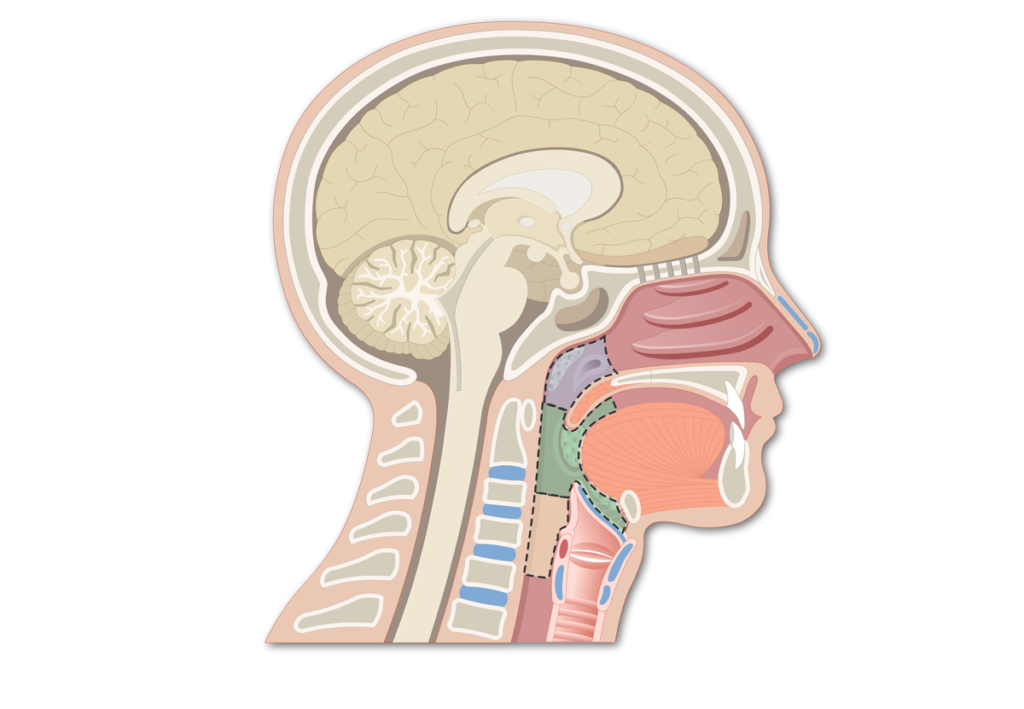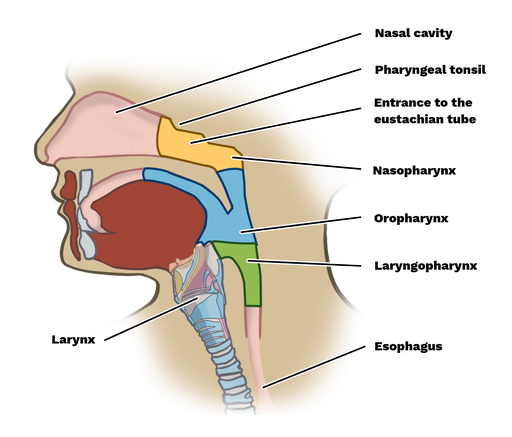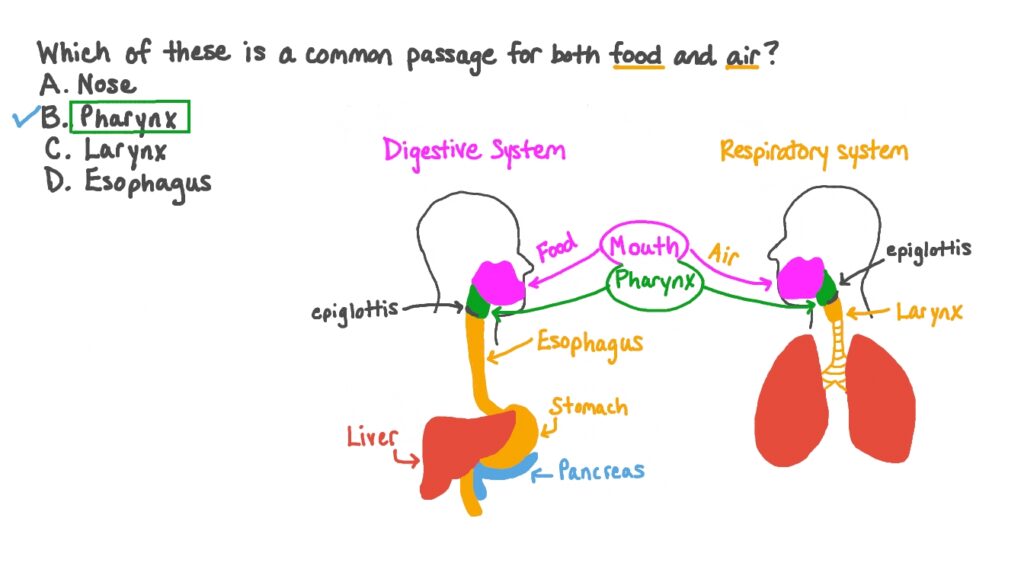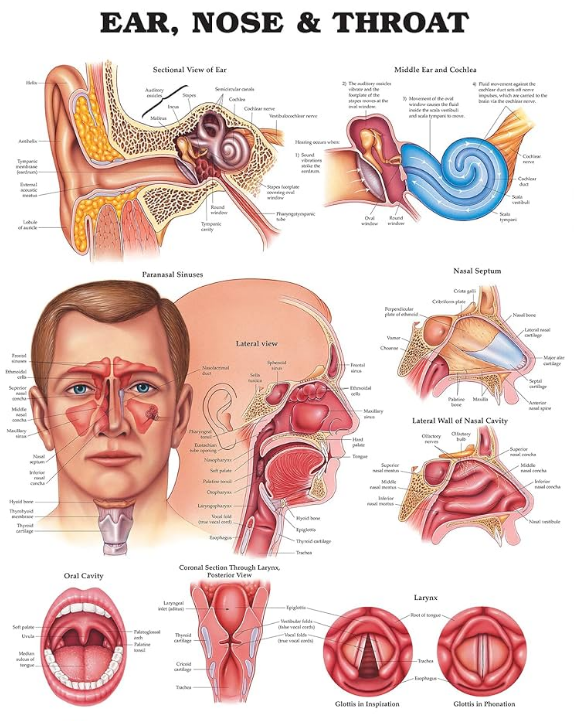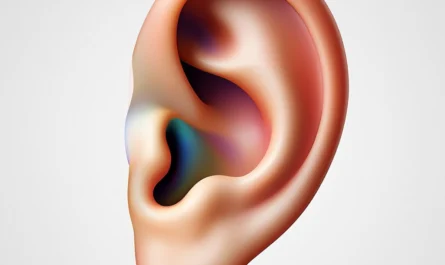The pharynx, a muscular tube in the throat, acts as a critical channel for air and food. It handles breathing, swallowing, and airway protection with precision. Located behind the nose and mouth, it links nasal and oral cavities to the larynx and esophagus. This structure directs air to the respiratory system and food to the digestive tract. Pharynx anatomy ensures these processes remain distinct despite sharing the same space. We’ll explore its sections, muscles, and unique features to understand its vital role.
What Is the Pharynx? Basic Anatomy Explained
The pharynx forms a muscular passage in the throat. Positioned behind the nose, mouth, and larynx, it spans roughly five inches from the skull’s base to the esophagus. This tube manages both breathing and digestion with efficiency. Picture it as a bustling intersection where air and food cross paths without colliding.
Why the Pharynx Stands Out
Far from a simple conduit, the pharynx actively directs air to lungs and food to the stomach. Its muscular walls contract to guide contents smoothly. Lymphoid tissues, like tonsils, reside here, bolstering immunity by trapping pathogens. Pharynx anatomy balances multiple roles, making it a cornerstone of survival.
Its Place in the Body
Nestled in a complex region, the pharynx connects to the nasal cavity above and the esophagus and larynx below. Bones, cartilage, and muscles anchor it firmly. This positioning enables seamless coordination between air and food pathways. The pharynx’s central hub design supports its diverse functions.
Three Sections of the Pharynx: Nasal, Oral, and Laryngeal
The pharynx divides into three regions: nasopharynx, oropharynx, and laryngopharynx. Each segment contributes uniquely to throat functions. Here’s a closer look at their roles.
Nasopharynx: The Airway Hub
Located behind the nose, the nasopharynx focuses on breathing. Air from the nostrils passes through to reach the lungs. It connects to the ears via Eustachian tubes, regulating ear pressure for balance. This region remains open, ensuring steady airflow during respiration.
Oropharynx: The Versatile Middle
Situated behind the mouth, the oropharynx handles both air and food. Swallowed food travels through here toward the esophagus. Tonsils in this area combat germs, supporting immunity. Its dual role makes it a dynamic part of pharynx anatomy.
Laryngopharynx: The Sorting Station
Found near the voice box, the laryngopharynx directs air to the larynx and food to the esophagus. It acts like a skilled coordinator, ensuring no mix-ups occur. This precision keeps breathing and digestion separate, maintaining smooth operations.
Key features of the three sections:
- Nasopharynx: Manages air and ear pressure behind the nose.
- Oropharynx: Processes air and food behind the mouth.
- Laryngopharynx: Separates air and food near the voice box.
How the Pharynx Connects Breathing and Digestion
The pharynx bridges the respiratory system and digestion seamlessly. Air and food share this pathway, yet the body prevents conflicts. Explore how this coordination unfolds.
Managing Dual Pathways
Throat functions enable the pharynx to handle two tasks. Inhaled air flows to the trachea, while swallowed food moves to the esophagus. The epiglottis, a cartilage flap, ensures food avoids the airway. This mechanism maintains clear routes for both systems.
Epiglottis Precision
The epiglottis operates like a swift gate. Open during breathing, it allows air passage. During swallowing, it seals the trachea, directing food to the esophagus. This rapid switch, completed in milliseconds, showcases pharynx anatomy’s efficiency in preventing mishaps.
System Synchronization
Precise timing governs the pharynx’s work. Muscles, nerves, and cartilage coordinate to maintain order. Disruptions can lead to coughing or choking. The table below outlines how the pharynx manages its roles:
| Function | System | Key Structure | Action |
|---|---|---|---|
| Breathing | Respiratory System | Nasopharynx | Channels air to trachea |
| Swallowing | Digestive System | Oropharynx | Directs food to esophagus |
| Pathway Sorting | Both Systems | Laryngopharynx | Keeps air and food separate |
This synergy safeguards both breathing and eating.
Safeguards Against Errors
The pharynx employs reflexes to prevent issues. Coughing clears blockages, while the gag reflex responds to misdirected items. Sensitive nerves trigger these responses, underscoring the pharynx’s protective design. Such features minimize risks in this busy junction.
The Muscles That Help Us Swallow and Breathe
Throat muscles drive the pharynx’s functionality. They enable swallowing and breathing with remarkable precision. These muscles coordinate like a seasoned team to keep processes smooth.
Constrictor Muscles at Work
Three constrictor muscles—superior, middle, and inferior—encircle the pharynx. During swallowing, they contract sequentially, pushing food downward in a wave-like motion called peristalsis. Each muscle plays a distinct role, ensuring food reaches the esophagus efficiently.
Elevator Muscles’ Role
Muscles like stylopharyngeus and salpingopharyngeus elevate the pharynx during swallowing. They lift it to align with the esophagus, aiding smooth food passage. This subtle movement proves essential for effective swallowing, highlighting throat muscles’ versatility.
Breathing Support
Certain pharynx muscles maintain an open airway, particularly in the nasopharynx. During speech, they adjust airflow to shape sounds. Their adaptability supports both respiration and communication, a key aspect of pharynx anatomy.
Primary throat muscles and their functions:
- Superior constrictor: Initiates swallowing motion.
- Middle constrictor: Advances food downward.
- Inferior constrictor: Completes food propulsion.
- Stylopharyngeus: Elevates pharynx for swallowing.
- Salpingopharyngeus: Assists in lifting and airway control.
Where Air and Food Pathways Intersect
The pharynx serves as the meeting point for air and food routes. This complex intersection relies on precise mechanisms to avoid confusion. Examine how the body manages this convergence.
Epiglottis as a Gatekeeper
The epiglottis, a cartilage flap near the tongue’s base, directs traffic. It covers the trachea during swallowing to guide food to the esophagus. In the laryngopharynx, this simple mechanism prevents airway blockages with remarkable effectiveness.
Soft Palate’s Contribution
The soft palate lifts during swallowing to seal the nasopharynx, preventing food from entering the nose. When breathing, it relaxes to allow airflow. This dynamic adjustment reflects the intricate design of throat functions.
Reflex Coordination
Swallowing involves rapid reflexes. Pharynx nerves detect food or liquid, signaling muscles and the epiglottis to act. This process, completed in under a second, demonstrates pharynx anatomy’s precision in managing dual pathways.
Potential Challenges
Errors can occur, like choking when food enters the airway. Acid reflux may irritate the pharynx if stomach acid rises. These risks highlight the delicate balance at this crossroads, yet the pharynx’s design keeps issues rare.
Curious Facts About Throat Anatomy
The pharynx holds intriguing secrets. Its anatomy reveals unique traits that set it apart. Dive into some fascinating aspects.
Tonsils as Immune Sentinels
Tonsils in the pharynx guard against pathogens. Adenoids in the nasopharynx and palatine tonsils in the oropharynx trap germs entering via the nose or mouth. Swelling during infections causes sore throats, a sign of their protective work.
Evolutionary Roots
The pharynx traces back to ancient structures. In fish, similar anatomy forms gills. In humans, it evolved to manage air and food, a trait unique to mammals. This adaptation underscores the pharynx’s evolutionary significance.
Voice and Resonance
The pharynx shapes vocal sounds, acting as a resonance chamber. Throat muscles adjust its form to produce distinct tones. Singers and orators depend on this feature for projection, making it vital for communication.
Notable pharynx traits:
- Shared by respiratory and digestive systems.
- Nasopharynx links to ears, influencing hearing.
- Swallowing engages over 20 muscles.
- Coughing clears obstructions.
- Tissues regenerate after minor damage.
The pharynx, though small, powers essential functions. Its anatomy blends structure and purpose, managing breathing, eating, and speaking. From nasopharynx to laryngopharynx, each segment plays a distinct role. Throat muscles and reflexes ensure air and food stay on course. Linking the respiratory system and digestion, the pharynx showcases the body’s ability to handle complex tasks. Next time you breathe or swallow, consider this remarkable tube’s work.

